Barks in Silence
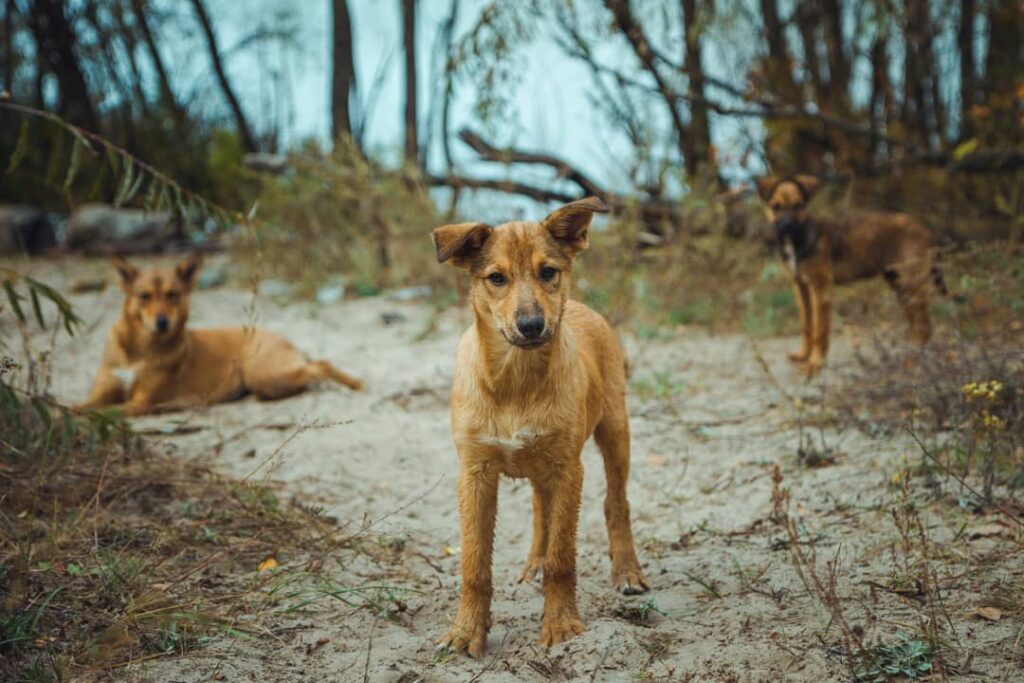
Imagine a world where the echoes of abandonment are met with the persistent barks of survival. The strays of Chernobyl, left behind in a radioactive wasteland, have carved out a unique existence, a testament to life’s unwavering tenacity. It’s a story not just of physical survival, but of emotional resilience, of finding connection in a place where human connection has long since faded. The narrative of these dogs is a reflection of their innate capacity to form bonds, to create a community amidst the desolation. Think of the emotional strength, the ability to find joy and companionship in a landscape marked by tragedy.
Experts suggest that the Chernobyl dogs have developed intricate social structures, forming packs that offer both protection and companionship. Their ability to navigate the radioactive environment is remarkable, their instincts guiding them to find food and shelter in a place where resources are scarce. It’s a story of resourcefulness, of adapting to a world where the rules of survival have been completely rewritten. These dogs, in their own way, are pioneers, forging a new path in a world forever altered.
Atomic Trails
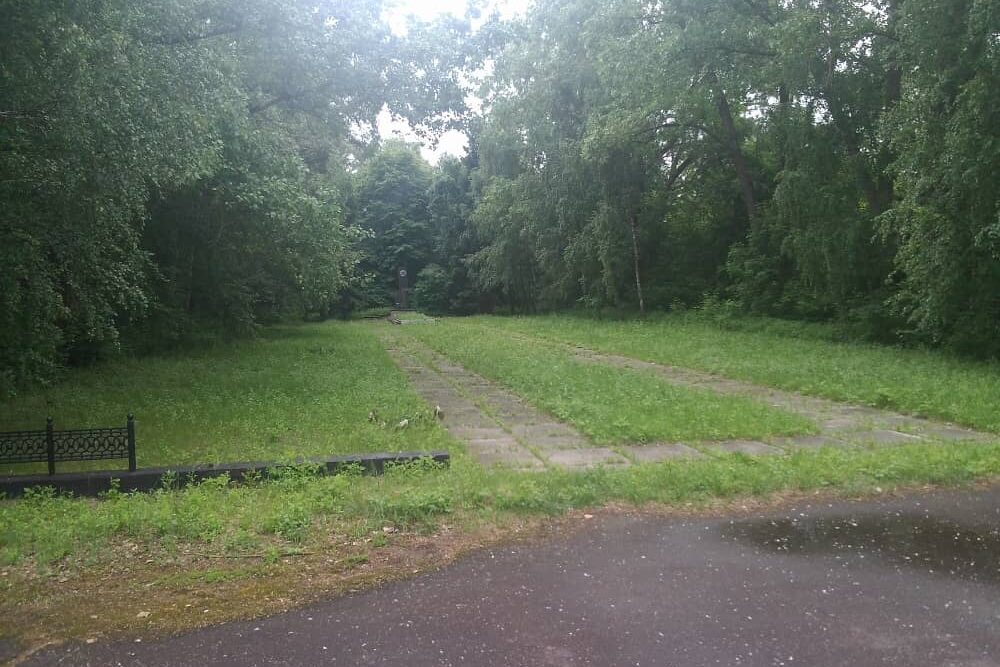
Consider the haunting beauty of Chernobyl’s exclusion zone, a landscape reclaimed by nature, yet bearing the scars of human tragedy. Amidst this eerie silence, the strays roam, their presence a poignant reminder of the lives disrupted by the disaster. It’s a tale of resilience, of finding a way to live in a place where life itself seems to defy the odds. The dogs’ existence is a testament to the enduring power of life, a spark of hope in a place marked by despair. Think of the irony, how these abandoned creatures have become a symbol of survival in a place that represents destruction.
Scientists have observed that the Chernobyl dogs exhibit a remarkable adaptability, their genetic makeup potentially evolving to cope with the unique challenges of their environment. They have developed a strong sense of territory, navigating the radioactive landscape with an almost innate understanding of its dangers and resources. It’s a narrative of adaptation, of finding a way to flourish in a world where the rules of nature have been altered. These strays are living proof that life, in its many forms, can find a way to endure.
Abandoned Souls
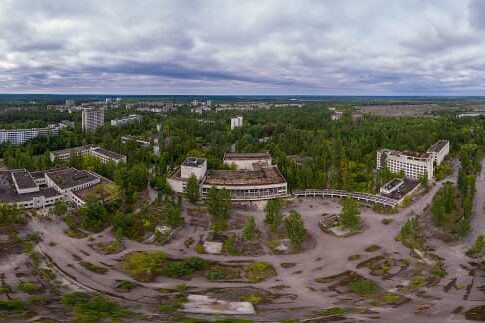
Picture the empty streets of Pripyat, once bustling with life, now silent and overgrown. Amidst this ghost town, the strays wander, their presence a haunting reminder of the lives lost and the homes abandoned. It’s a narrative of finding purpose in desolation, of creating a sense of belonging in a place where belonging seems impossible. The dogs’ existence is a testament to the enduring power of connection, a reminder that even in the most desolate of places, life finds a way to create community. Think of the emotional journey, how these animals have found a way to thrive in a place that symbolizes loss.
Experts suggest that the Chernobyl dogs have developed a strong sense of territoriality, forming packs that protect their own and defend their resources. They have learned to navigate the radioactive environment, finding food and shelter in the abandoned buildings and overgrown landscapes. It’s a story of resilience, of finding a way to build a life in a place where life was once abruptly ended. These strays are living proof that even in the face of tragedy, the instinct to survive and form bonds prevails.
Radioactive Roams

Reflect on the stark contrast between the industrial ruins of Chernobyl and the vibrant life of the stray dogs that inhabit them. It’s a story of survival, of finding a way to thrive in a place where the air itself is filled with danger. The dogs’ existence is a testament to the enduring power of adaptation, a reminder that life finds a way to persist even in the most hostile environments. Think of the paradox, how these creatures have found a sense of home in a place that most humans would consider uninhabitable.
Scientists have documented the Chernobyl dogs’ ability to navigate the radioactive environment, their instincts guiding them to find food and shelter. They have developed a unique social structure, forming packs that provide both protection and companionship. It’s a narrative of resilience, of finding a way to build a community in a place where human community has long since vanished. These strays are living proof that even in the face of unimaginable adversity, life finds a way to endure.
Genetic Twists
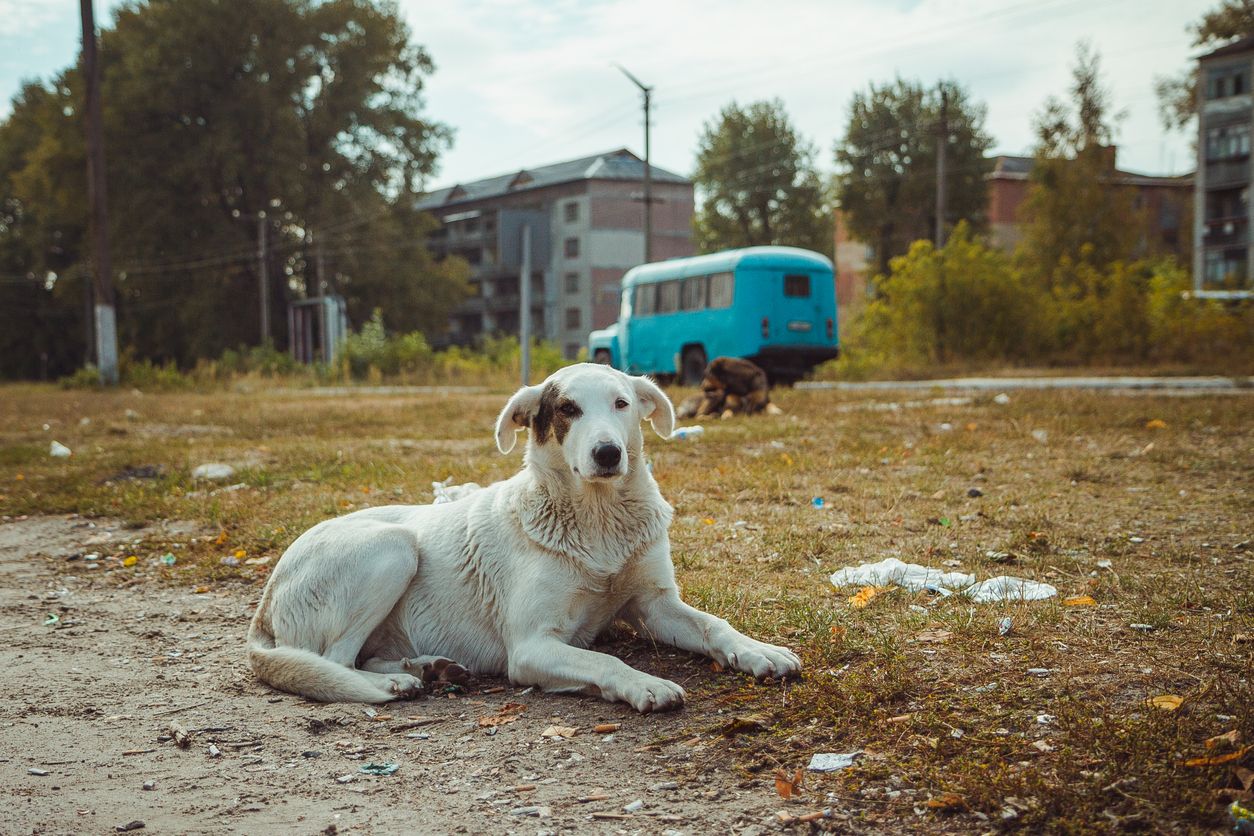
Consider the possibility that the Chernobyl dogs have undergone genetic adaptations, evolving to cope with the unique challenges of their environment. It’s a story of evolution in action, of life finding a way to adapt to a world forever changed. The dogs’ existence is a testament to the enduring power of natural selection, a reminder that life finds a way to persist even in the most hostile conditions. Think of the scientific implications, how these animals offer a unique opportunity to study the effects of radiation on living organisms.
Experts suggest that the Chernobyl dogs’ genetic makeup may have undergone significant changes, allowing them to survive and thrive in the radioactive environment. They have developed a strong sense of territoriality, forming packs that defend their resources and protect their members. It’s a narrative of adaptation, of finding a way to build a life in a place where the rules of survival have been rewritten. These strays are living proof that even in the face of extreme adversity, life finds a way to endure.
Human Shadows
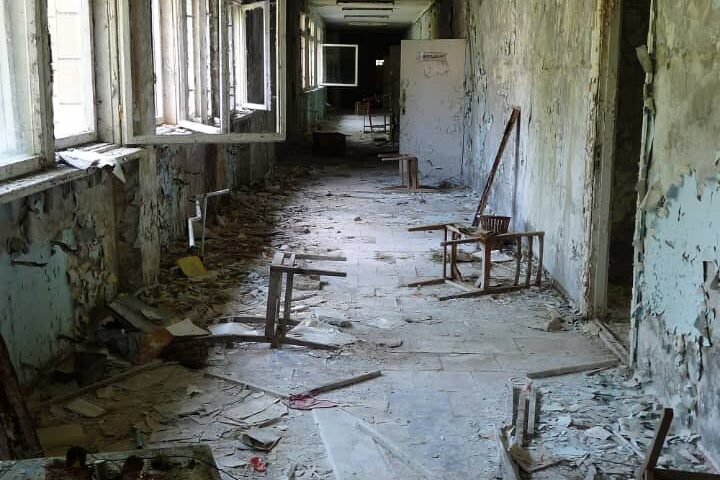
Picture the abandoned schools and hospitals of Pripyat, silent reminders of a life interrupted. Amidst these empty structures, the strays roam, their presence a poignant reminder of the lives that once filled these spaces. It’s a story of finding a way to live in the shadows of human absence, of creating a new existence in a world left behind. The dogs’ existence is a testament to the enduring power of life, a reminder that even in the most desolate of places, hope persists. Think of the emotional weight, how these animals have found a way to thrive in a place marked by human tragedy.
Scientists have observed that the Chernobyl dogs have developed a strong sense of community, forming packs that provide both protection and companionship. They have learned to navigate the radioactive environment, finding food and shelter in the abandoned buildings and overgrown landscapes. It’s a narrative of resilience, of finding a way to build a life in a place where human life has long since ceased. These strays are living proof that even in the face of unimaginable loss, the instinct to survive and form bonds prevails.
Silent Streets

Reflect on the eerie silence of Chernobyl’s exclusion zone, a place where time seems to stand still. Amidst this silence, the strays roam, their presence a haunting reminder of the lives disrupted by the disaster. It’s a story of finding a way to live in a world where the past casts a long shadow, of creating a new existence in a place marked by tragedy. The dogs’ existence is a testament to the enduring power of life, a reminder that even in the most desolate of places, hope endures. Think of the emotional depth, how these creatures have found a way to thrive in a place that symbolizes loss.
Experts suggest that the Chernobyl dogs have developed a remarkable ability to adapt to their environment, finding food and shelter in the abandoned buildings and overgrown landscapes. They have formed strong social bonds, creating packs that provide both protection and companionship. It’s a narrative of resilience, of finding a way to build a life in a place where life was once abruptly ended. These strays are living proof that even in the face of unimaginable adversity, the instinct to survive and form bonds prevails.
Abandoned Yards

Consider the abandoned playgrounds and gardens of Pripyat, now overgrown and reclaimed by nature. Amidst these silent spaces, the strays roam, their presence a poignant reminder of the children who once played here. It’s a story of finding a way to live in a world where the echoes of the past still linger, of creating a new existence in a place marked by loss. The dogs’ existence is a testament to the enduring power of life, a reminder that even in the most desolate of places, hope finds a way to bloom. Think of the emotional resonance, how these animals have found a way to thrive in a place that symbolizes human absence.
Scientists have observed that the Chernobyl dogs have developed a strong sense of territoriality, forming packs that protect their own and defend their resources. They have learned to navigate the radioactive environment, finding food and shelter in the abandoned buildings and overgrown landscapes. It’s a narrative of resilience, of finding a way to build a community in a place where human community has long since vanished. These strays are living proof that even in the face of unimaginable tragedy, the instinct to survive and form bonds prevails.
Radioactive Trails
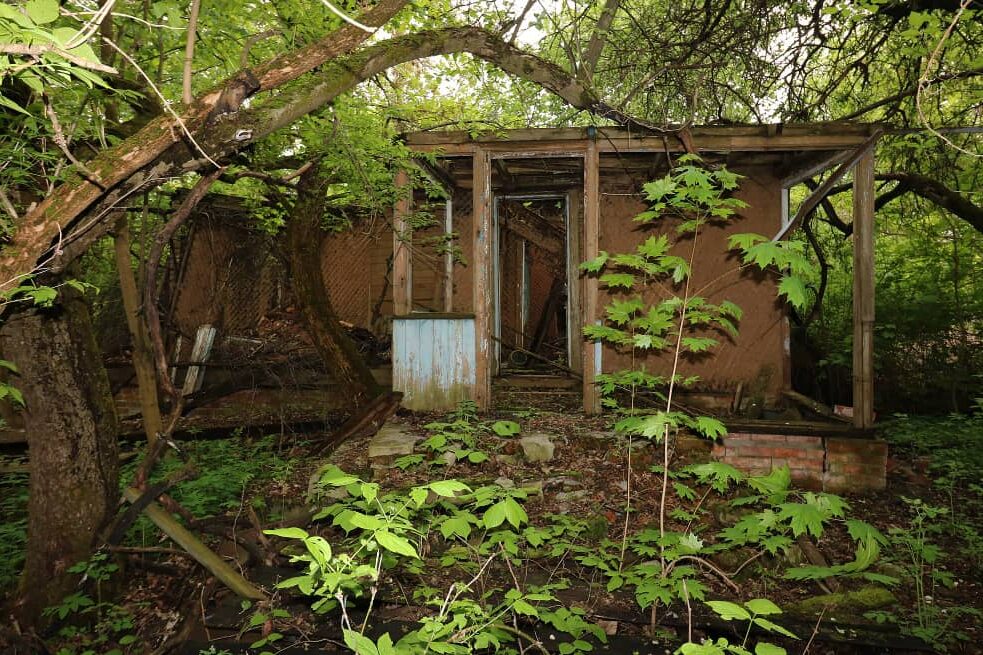
Think of the stark beauty of Chernobyl’s exclusion zone, a place where nature has reclaimed what humans abandoned. Amidst this eerie silence, the strays roam, their presence a haunting reminder of the lives disrupted by the disaster. It’s a story of finding a way to live in a world where the past casts a long shadow, of creating a new existence in a place marked by tragedy. The dogs’ existence is a testament to the enduring power of life, a reminder that even in the most desolate of places, hope endures. Think of the emotional depth, how these creatures have found a way to thrive in a place that symbolizes loss.
Experts suggest that the Chernobyl dogs have developed a remarkable ability to adapt to their environment, finding food and shelter in the abandoned buildings and overgrown landscapes. They have formed strong social bonds, creating packs that provide both protection and companionship. It’s a narrative of resilience, of finding a way to build a life in a place where life was once abruptly ended. These strays are living proof that even in the face of unimaginable adversity, the instinct to survive and form bonds prevails.
Silent Witnesses

Consider the silent observation of these canine inhabitants, witnessing the slow decay of a world once vibrant with human activity. They have become the guardians of a forgotten era, their presence a haunting reminder of the lives abruptly halted. It’s a narrative of adaptation, of finding a way to exist in a world where the echoes of human presence still linger. The dogs’ existence is a testament to the enduring power of life, a reminder that even in the face of profound loss, the instinct to survive and form bonds prevails. Think of the poignant silence, the way these creatures have found a way to navigate a landscape marked by both beauty and tragedy.
Experts have noted the unique role these animals play in the Chernobyl ecosystem, their presence influencing the balance of wildlife in the exclusion zone. They have become a part of the landscape, their lives intertwined with the radioactive environment. It’s a story of unexpected symbiosis, of life finding a way to adapt and thrive in a place where it was never meant to be. These strays are living proof that even in the most altered of environments, life finds a way to assert itself.
Unsung Guardians

Consider the unsung guardians of Chernobyl, the canine heroes who navigate a world forever changed by human error. They are silent witnesses to a tragedy, yet they embody resilience, finding life amidst the ruins. Their existence is a testament to the enduring spirit of survival, a poignant reminder of life’s tenacity. These dogs, in their quiet way, have become symbols of hope, proof that even in the face of devastation, life finds a way. They are the silent accordions of Chernobyl, breathing life into a landscape marked by stillness. Their stories echo through the abandoned streets, a symphony of survival. They teach us that even in the most desolate of places, connection and community can flourish. Their presence is a reminder that life, in all its forms, is precious and enduring.
These canine guardians, in their quiet resilience, offer a profound lesson in adaptation and perseverance. They represent the enduring power of life, a testament to the ability to find hope even in the darkest of times. Their existence is a reflection of the interconnectedness of all living beings, a reminder that we are all part of a larger ecosystem. They urge us to recognize the beauty and strength of life’s persistence, even in the most unlikely of places. Their story is a powerful reminder of the responsibility we have to protect and preserve the natural world. These dogs, in their silent accordions, play a melody of survival, a testament to the enduring spirit of life.
Echoes of Hope

Reflect on the lingering echoes of hope that resonate from the strays of Chernobyl, a testament to life’s enduring resilience. They are living symbols of survival, their existence a powerful reminder that even in the face of unimaginable adversity, life persists. Their story is a beacon of hope, illuminating the strength of the human and animal spirit. These dogs, in their quiet determination, teach us about the power of adaptation and the importance of connection. They remind us that even in the most desolate of landscapes, life finds a way to flourish. Their existence is a testament to the enduring scope of life, a reminder that even in tragedy, hope can bloom.
These canine survivors, in their quiet resilience, offer a profound lesson in the enduring scope of life. They represent the unwavering spirit of survival, a testament to the ability to find hope even in the darkest of times. Their story is a powerful reminder of the interconnectedness of all living beings, and the enduring capacity for life to adapt and endure. The strays of Chernobyl, in their survival, offer a poignant reflection on the enduring spirit of life, a testament to the power of resilience in the face of devastating loss. Their story urges us to recognize the beauty of life’s persistence, even in the most unlikely of places, and to hear the ringing echoes of life’s enduring scope.


